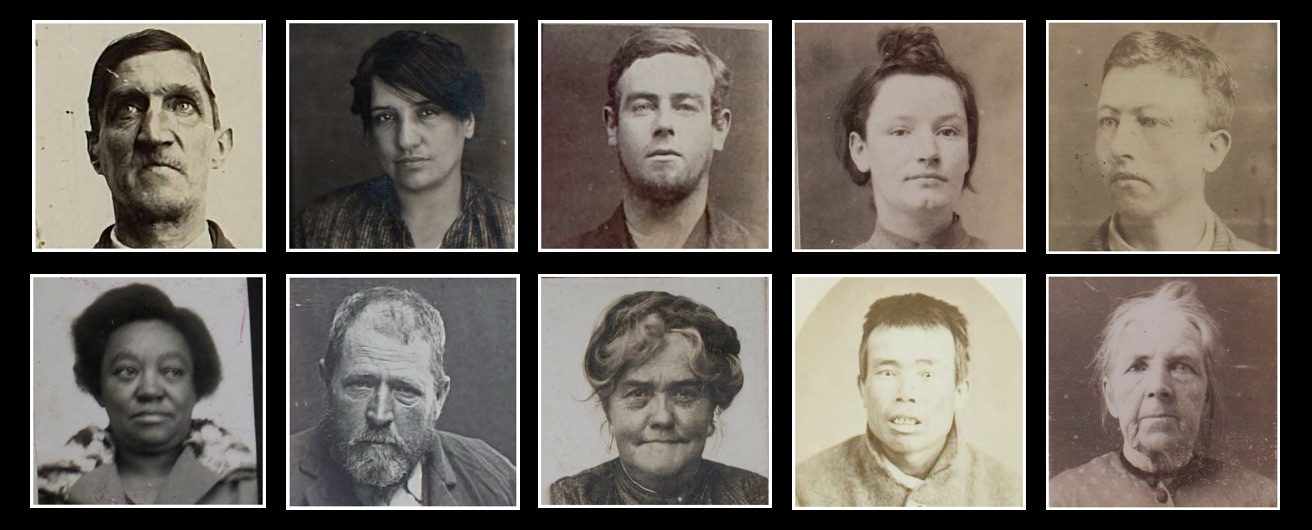The interwar era was a key period in Australia’s criminal justice history, one that saw the rise of organised crime, gang violence and the narcotics trade. One of the individuals associated with this scene was Norman Bruhn. Bruhn’s prison record reveals a busy offender with 8 convictions listed against him. However, this only scratches the surface of Bruhn’s criminal history and connections.
Norman Bruhn – future gangster of both the Melbourne and Sydney underworlds – was born in Geelong on 2 July 1894. Victoria was in the midst of a severe economic depression following the collapse of the speculative land boom and the failure of several financial institutions. Norman’s parents – 31-year-old baker Oscar and 28-year old Mary Ann – already had four children. The eldest, Ellen, had been born on 30 October 1886, just four months after her parents’ marriage. William had followed in 1888, then Oscar in 1890 and Edward in 1893. Another five children were added to the clan after Norman’s birth: Stanley (1897), Agnes (1899), Eric (1902), Roy (1905) and Catherine (1908).



